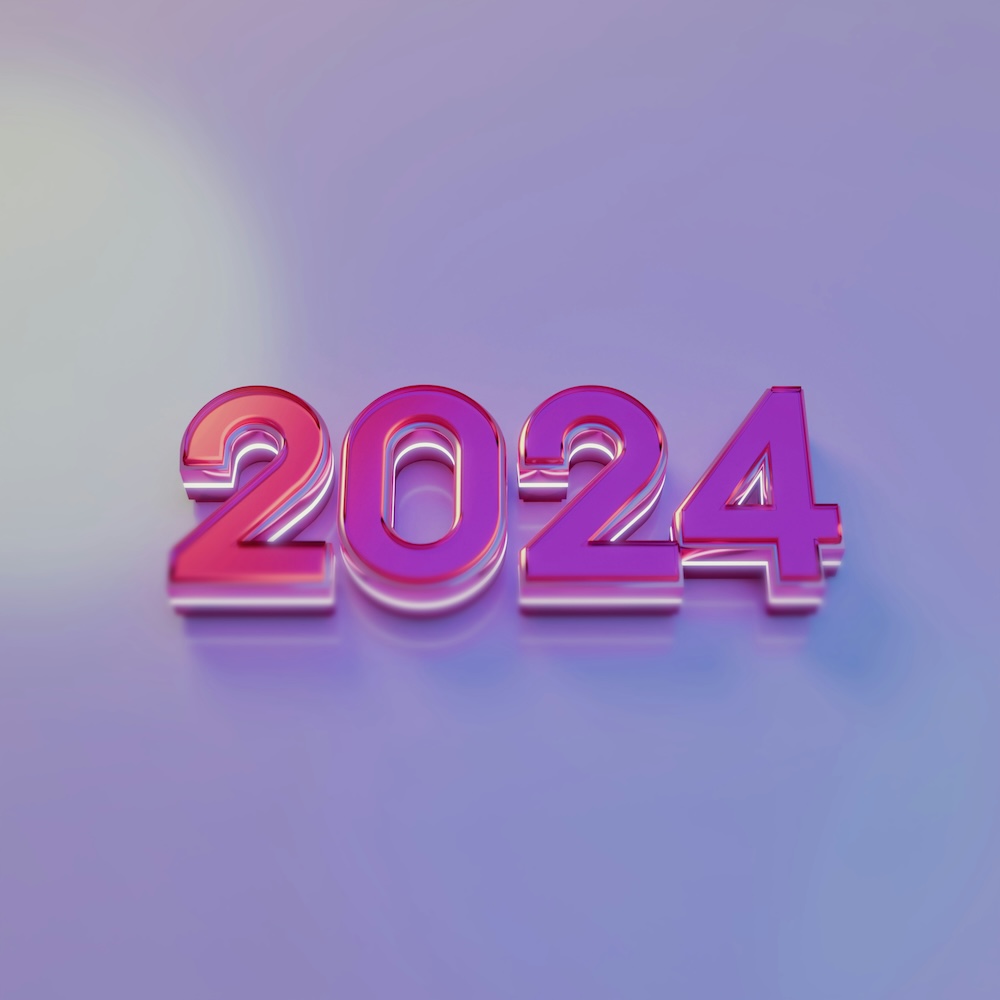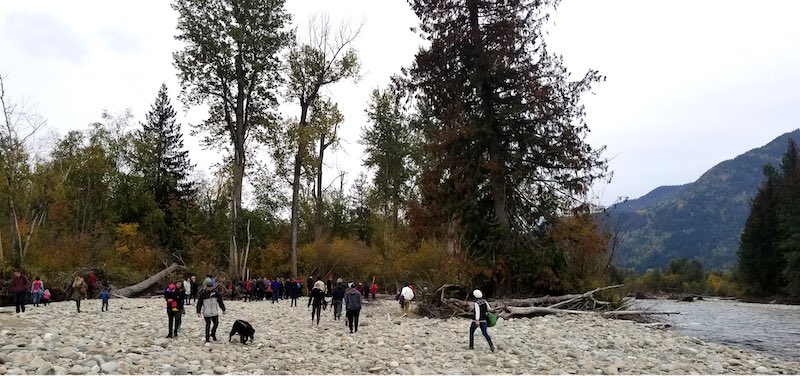Menstruation as a subject of study is not new. Margaret Mead, Mary Douglas, Chris Bobel, Miren Guillo, and Karina Felitti, among many others, have discussed how menstruation has been related to specific practices, and how taboos present great dynamism and variability as specific cultural constructions frequently linked to systems of bodily control and gender.
In this post, I present research that explores how taboos associated with menstruation are reflected in the bodily and emotional trajectory of menstruating women and people through the implementation of a methodology based on the collective construction of emotional corpobiographies (Ramírez, 2024). Although the relationship between taboo and shame around menstruation has been widely documented from various scientific and theoretical perspectives, this research seeks to delve into the moments, key actors, and narratives that make emotions and attitudes become embodied and acquire deep meaning in the menstrual experience. The study focuses on the trajectory of university women in Guadalajara, Mexico, and is a qualitative analysis that builds upon the results of the “Fluye con seguridad” survey, conducted in 2023 in the University of Guadalajara network. (read more...)







